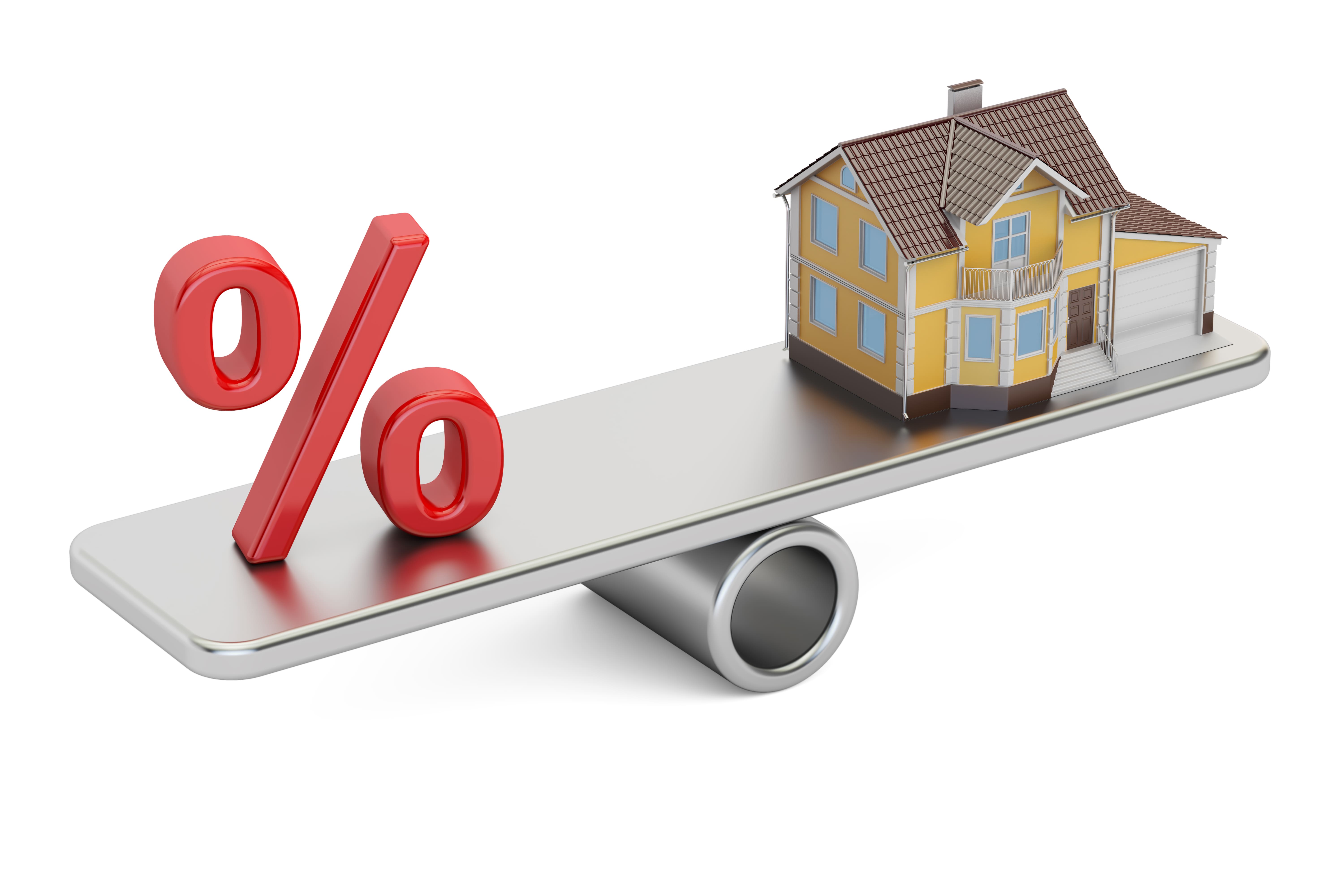Don’t let a rejection stop your home dreams — here’s what really goes wrong and how to fix it
So, you’ve picked your dream home. You’ve even shortlisted a lender and applied for a loan.
But then… the worst happens.
Your home loan gets rejected.
It feels frustrating. Maybe even confusing.
You’re left asking: “Why was my loan rejected? I thought I did everything right.”
Here’s the truth: home loan rejections are common — and in most cases, fixable. Whether it’s a low credit score, missing documents, or something else, there’s always a way forward. Let’s walk through what usually causes rejections — and how to avoid them.
Why Do Home Loans Get Rejected?
When you apply for a home loan, the bank or NBFC checks if you can repay it comfortably. They don’t just look at your income — they look at your entire financial behaviour: your credit score, your ongoing EMIs, even the property details.
If something doesn’t add up, they press pause.
But that doesn’t mean a “no forever”. It just means, “not right now — fix this first.”
Here are the most common reasons for home loan rejection in India — and what you can do.
1. Your Credit Score Is Low
Your CIBIL score (or credit score) is one of the first things lenders check. It tells them how you’ve handled loans and credit cards in the past.
If your score is below 700, that’s a red flag. Maybe you missed some payments, or maybe you’re new to credit and haven’t built a history yet.
What you can do:
Check your credit score online — there are free tools available. If it’s low, pay off outstanding bills, avoid applying for too many loans at once, and give it time to improve. You can also apply with a co-applicant who has a stronger score.
2. Your Income Doesn’t Match the Loan
A common reason why home loans get rejected is that your income doesn’t support the loan amount you’re asking for.
This is true whether you’re salaried or self-employed.
For salaried folks, lenders look at salary slips and bank statements.
If you’re self-employed, they’ll want to see ITRs, business turnover, and a stable cash flow.
What you can do:
Use a home loan eligibility calculator online to check what loan amount suits your income. If it’s too low, think about adding a co-applicant like your spouse. Or wait a few months, increase savings, and apply again.
3. You’re Already Paying Too Many EMIs
This is called a high FOIR — your Fixed Obligations to Income Ratio.
Let’s say you earn ₹50,000 a month, but are already paying ₹25,000 in EMIs. That leaves very little space for another loan.
What you can do:
Try closing smaller loans before applying for a home loan. Keep credit card usage low. Lenders like it when your EMIs take up less than 50% of your income.
4. Your Documents Are Incomplete
This one’s surprisingly common.
Missing income proof, unclear PAN details, a mismatched signature — any of these can lead to delays or home loan rejection.
What you can do:
Make a checklist of required documents. Double-check everything. If you’re applying online through a lender like Easy Home Finance, the system helps you upload the right documents digitally — no paperwork, no confusion.
5. The Property Has Legal Issues
Sometimes, it’s not about you — it’s about the property.
If the land or building doesn’t have clear legal status, or if the builder isn’t approved by the lender, your loan may get rejected even if you’re eligible.
What you can do:
Ask the seller or builder for all legal documents. Make sure the project has approvals. If in doubt, talk to your lender before finalising the home.
6. You Just Changed Jobs or Have Irregular Income
If you recently changed jobs or your income isn’t stable, lenders might want to wait.
This applies especially if you’re still on probation or have less than 6 months in your current job.
What you can do:
Wait a few months until you’ve settled in. If you’re self-employed, make sure your business documents and income tax returns are consistent for the past 2–3 years.
What If My Home Loan Is Rejected?
Here’s the most important thing: don’t panic.
You can always apply again. But first, find out what went wrong.
Lenders will usually tell you the reason. Fix that issue — whether it’s your CIBIL score, income proof, or property — and come back stronger.
Also, don’t assume rejection from one lender means rejection from all. Some lenders, like Easy Home Finance, use alternative credit assessment for first-time borrowers and self-employed applicants.
Does Having a Co-Applicant Help?
Yes, it does. A co-applicant can boost your chances in two ways:
- Their income is added to yours — so you qualify for a bigger loan
- If they have a better credit score, your overall profile looks stronger
You can add your spouse, parent, or even a working sibling as a co-applicant — depending on the lender’s rules.
Final Thoughts: Stay Ready, Not Worried
A loan rejection doesn’t mean your dream is over. It just means there’s something to improve.
Take it as a learning step. Fix what went wrong. Get your documents in order. Understand your income and credit profile better. With the right preparation, your next application can get approved faster.
And if you’re unsure where to start, platforms like Easy Home Finance offer a digital home loan rejection checklist — so you can spot and fix issues before you even apply.
Want to Apply with Confidence?
Apply for a Home Loan with Easy Home Finance : https://easyhomefinance.in/site/apply
Check Your Eligibility Instantly : https://easyhomefinance.in/loan
Learn More About Our 100% Digital Process : https://www.easyhomefinance.in









Leave a Comment